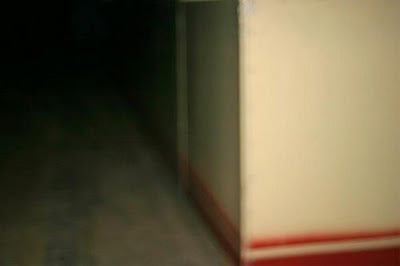I see you have moved the piano

From what I previously understood, people would ingest mushrooms, and if they were in a negative state of mind, they’d have a “bad trip.” If they were with friends, with other people tripping, they were more likely to have a “good trip.” Aspects of these trips seemed to include lots of visual and auditory hallucinations: “halos” glowing around light sources, warping colors, maybe some synesthesia.
So I just figured that magic mushrooms must hyper-activate the parts of the brain that perceive color and sound, to the point where people perceive things that aren’t even there.
However, recent research out of the U.K. says that, surprisingly, I’ve got it all backwards. (…)
Within a minute or two, the test subjects started to feel the effects of the psilocybin, and the researchers gave them fMRIs during their trips. Surprisingly to me, and to the scientists, brain activity and blood flow decreased by up to 20% during the influence of the drug, and these decreases were proportional to the reported intensity of the trip. (…) The thought behind this finding is that when people do shrooms, pathways in the brain that would normally restrict cognition are temporarily turned off, allowing people to cognate at higher levels than ever before. Some of these same cognition-restraining pathways are overactive in cases of depression, but I won’t go so far as to suggest shrooms as a treatment for depressive disorders.
photo { Stefan Heyne }


